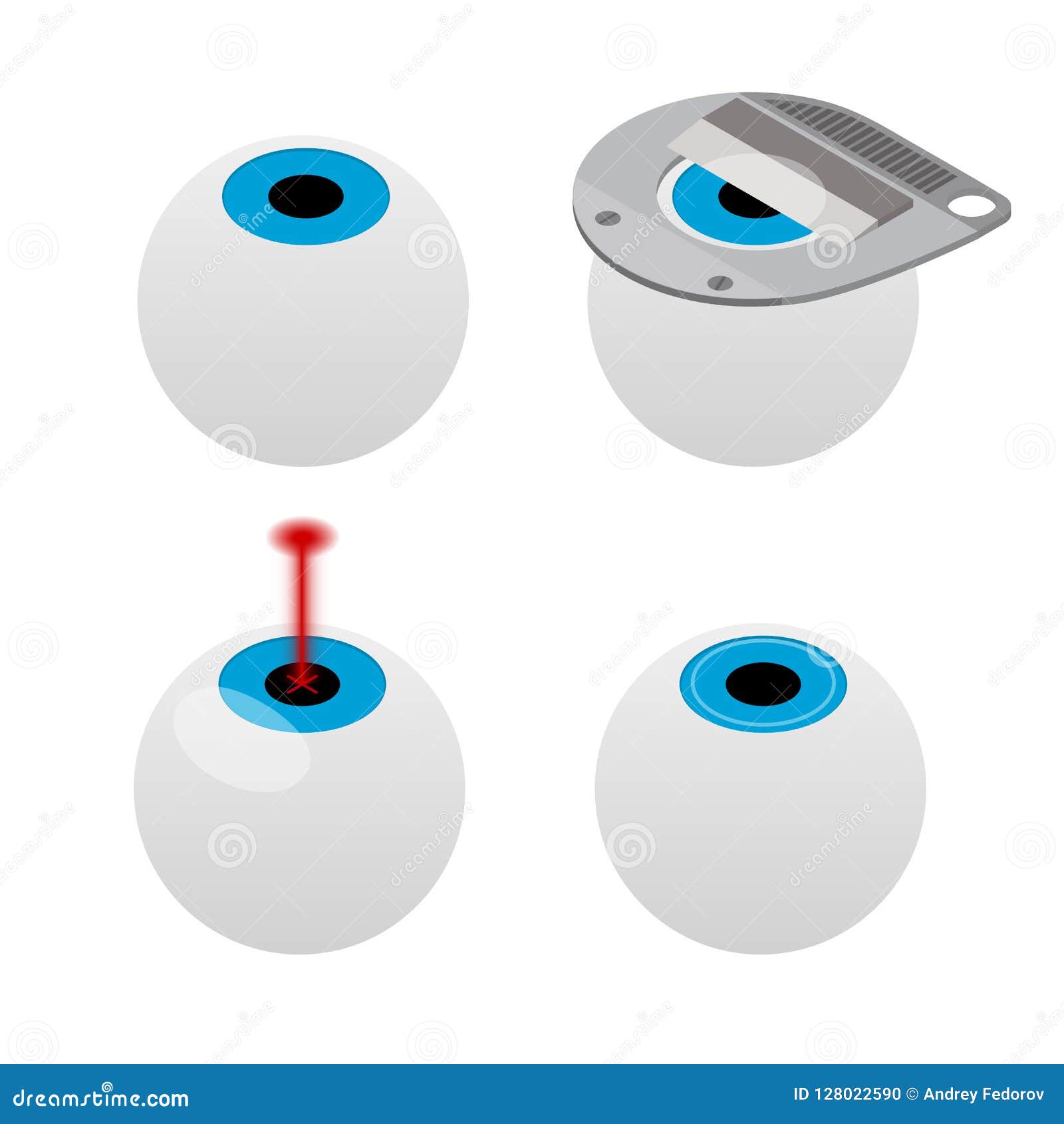As you discover the evolution of innovative cataract surgical treatment strategies, you'll witness a trip noted by resourcefulness and precision. From ancient approaches that paved the way for modern advancements to cutting-edge modern technologies that are revolutionizing the area, the thorough overview of cataract surgery strategies is a testament to human progress and dedication to enhancing client end results. The elaborate interplay in between historic techniques and futuristic improvements develops an intriguing narrative that clarifies the evolution of one of one of the most common surgical procedures worldwide.
Historical Strategies and Innovations
Check out exactly how early cosmetic surgeons transformed cataract treatment by using innovative techniques and tools. In the past, cataract surgical procedure was a high-risk and unpleasant procedure. Nevertheless, old Indian physicians were among the initial to attempt surgical interventions for cataracts, using a technique called 'couching' where a sharp tool was used to push the cataract back right into the eye. This method, though crude by today's criteria, prepared for future advancements in cataract surgery.
As time proceeded, Arab doctors made considerable payments by establishing specialized needles for cataract extraction. These needles were made use of to penetrate the cataract and afterwards extract it from the eye, noting a significant renovation in medical precision.
Later, in the 18th century, the French specialist Jacques Daviel pioneered the strategy of extracapsular cataract removal, where the entire lens was gotten rid of intact via a bigger incision. Myopia Control With Atropine noted a major innovation in cataract surgical treatment strategies, paving the way for the modern-day procedures we utilize today.
Modern Surgical Approaches
Early strategies in cataract surgical treatment have actually developed substantially, bring about the advancement of modern medical strategies that prioritize accuracy and improved person outcomes. Modern cataract surgical procedure currently frequently involves a procedure called phacoemulsification, where an ultrasonic device separate the cataract for removal via a small cut. This strategy allows for quicker recovery and minimizes the risk of complications contrasted to older techniques.
Additionally, making use of innovative intraocular lenses (IOLs) has actually changed cataract surgical procedure outcomes. Omaha Ne Nearsightedness Control can deal with not only the cataract but likewise various other refractive errors like astigmatism, reducing the requirement for glasses post-surgery.
Surgeons today likewise have access to innovative imaging technologies that aid in exact preoperative preparation and intraoperative decision-making. Optical comprehensibility tomography (OCT) and other imaging techniques provide in-depth pictures of the eye's structures, permitting an extra tailored approach to every individual's surgical procedure. With these improvements, modern cataract surgical procedure strategies continue to enhance, supplying individuals safer procedures and better visual outcomes.
Arising Technologies in Cataract Surgical Procedure
With developments in innovation transforming the area, cataract surgery is experiencing the assimilation of cutting-edge techniques for improved client results. Arising modern technologies in cataract surgical procedure are improving the landscape of sensory procedures. One such innovation is femtosecond laser technology, which allows for exact corneal cuts, capsulotomies, and lens fragmentation, bring about boosted surgical precision and results.
In addition, intraoperative aberrometry is gaining appeal, allowing real-time dimensions of refractive mistakes throughout surgery to enhance intraocular lens power calculations and minimize postoperative refractive surprises.
Furthermore, the use of sophisticated imaging modern technologies like optical comprehensibility tomography (OCT) and intraoperative wavefront aberrometry help specialists in exact surgical planning and implementation. These devices offer in-depth physiological details and help personalize medical techniques for every individual's unique eye attributes.
In addition, developments in artificial intelligence are being explored to help in preoperative planning, intraoperative decision-making, and postoperative care, possibly maximizing surgical results and person fulfillment. Welcoming these arising innovations in cataract surgical procedure holds pledge for additional improving client results and making sure the continued evolution of ocular surgical techniques.
Final thought
As you journey with the background of cataract surgical treatment, you witness the makeover from ancient practices to innovative technologies. Like a phoenix metro climbing from the ashes, cataract surgery has evolved into a beacon of hope and advancement.
Just as a caterpillar arises from its cocoon as a beautiful butterfly, cataract surgical treatment has blossomed right into a refined art type, offering patients more clear vision and a brighter future.
The evolution continues, beaming a light on limitless opportunities.
